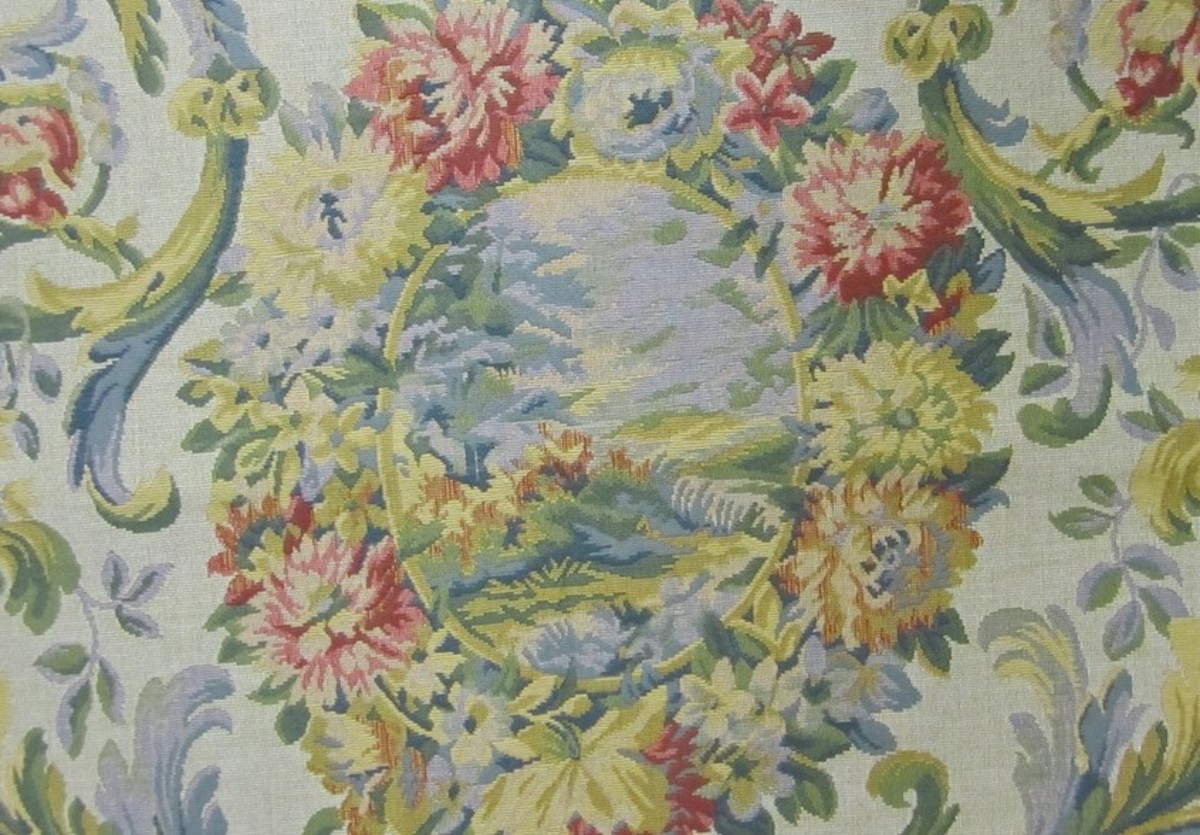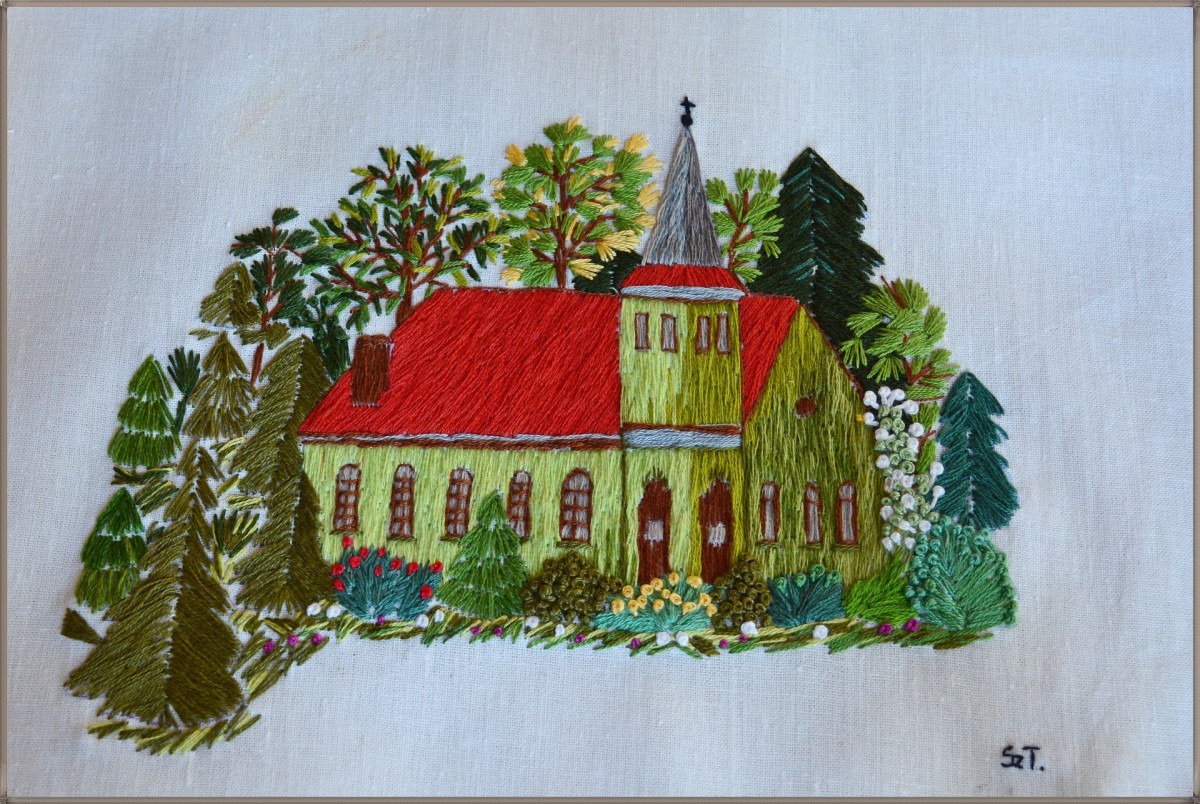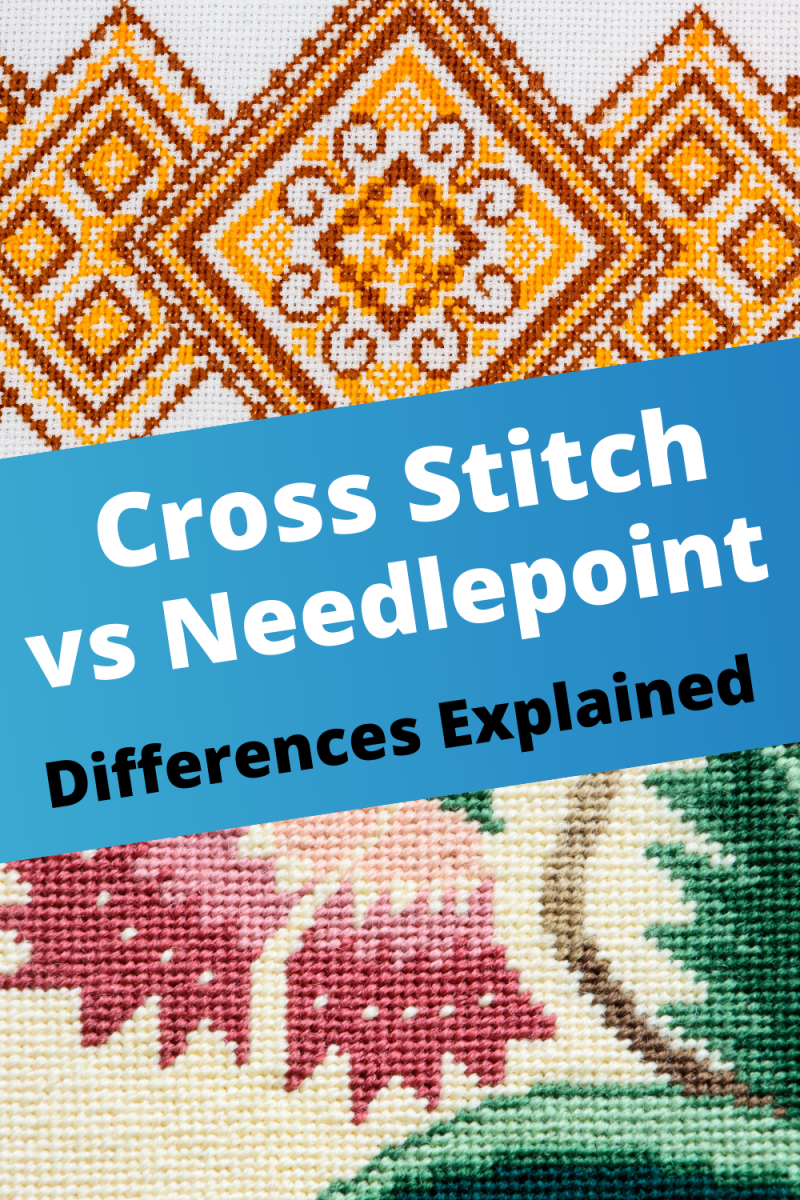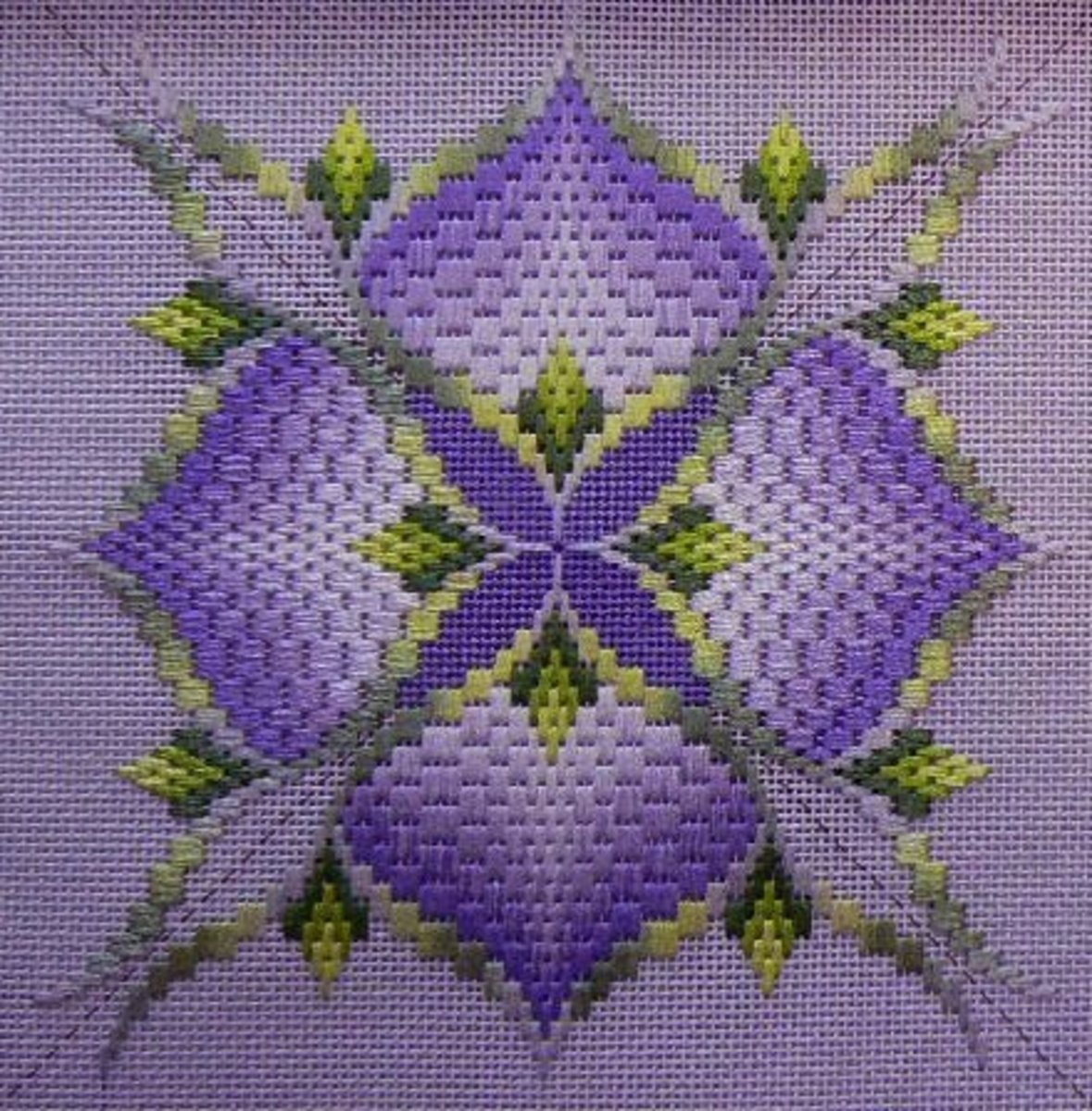- HubPages»
- Arts and Design»
- Crafts & Handiwork»
- Textiles»
- Embroidery
How to Embroider with a Machine on Specialty Fabrics
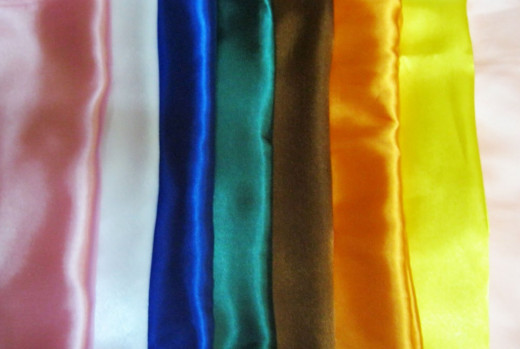
Specialty fabrics such as lace or silk can look amazing when embroidered, but can also be a little bit intimidating when you have never worked with them before. Given that many items made of these types of materials can come with large price tags, working with them can be nerve-racking.
Keep in mind that the old adage of "practice makes perfect" really does apply here. It may be a good idea to search a thrift store or closeout shop to find items you can experiment with before actually sewing "for real". Here are nine different specialty fabrics you may encounter and some strategies for each.
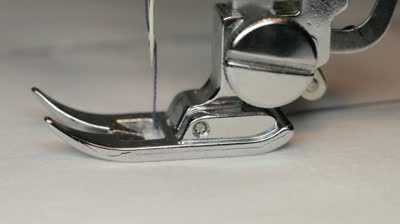
Handkerchief lawn looks great when embroidered tone-on-tone. The finer the fabric, though, the more prone it is to hoop-burn. Set the hoop size carefully, and do not pull the fabric too tightly. Elegant, neat embroidery on lawn or fine cotton looks great whether it's done on a handkerchief or a nightgown.
Faux fur isn't difficult to embroider as long as the fabric is well stabilized. Before laying water-soluble topping over the fabric, be sure to stroke the pile all in the same direction. After stitching, remove the topping (do not spray), and use a long pin to lift out or fluff up the pile around the edge of the stitching.
Embroidering foil lame is much like monogramming paper. Because most of these fabrics are metallic-based, metallic thread looks good. Make sure your backing doesn't add any more stiffness to the fabric and change the flow of the fabric.
The problem with embroidering lace is its "see-through" nature. It needs a heavy backing, but you can't use it. If you are embroidering keyboard lettering, use machine-generated underlay where possible. If you are digitizing for lace, remember that at least 25 percent of the stitches should be underlay, and then the final density should be reduced.
Stretch lace, such as that used in women's sleepwear, is a favorite holiday monogram choice, and embroidery is definitely a compromise. Try to place the embroidery in an area of the garment that won't be stretched when it is worn. Frame it using a soft, but very strong backing and be careful not to stretch the fabric at all. If the area will be stretched when worn, stretch it about 50 percent as you frame it.
Lycra and Spandex is very much like stretch lace from an embroidery point of view. For areas that are not required to stretch, one square of woven polyester/cotton fabric and one square of thin tearaway framed with the fabric will yield excellent embroidery. For a classier finish, match the color of the poly/cotton fabric to the background color of the garment.
Nylon can range from very thick to very thin. Treat thick nylons as you would any nylon jacket and the thin nylons more like organza. Do not pull the fabric once it is framed as it will hoop-burn badly.
Net is a difficult fabric to work with because it stretches and has a definite lack of substance. If you have a choice, use a good-quality, firm netting. Bridal netting works better than petticoat netting because it has more body. If you're stitching keyboard lettering, it will need lots of underlay; if you are digitizing for net, add 25% to 30% of the stitching as underlay. You are basically constructing a fabric for the top stitches to rest on.
Organza is one of those fabrics that hoop-burns badly but is beautiful when embroidered. Balanced tension is imperative! Both top and bottom tension will need to be loosened before you embroider, or the tight tension will actually pull the threads together. Lower your stitch density (16 stitches per cm), and use either a heavy-duty, water-soluble topping as a backing or no backing at all.
Silk comes in many weights-some very thin, like that used in scarves, and some very thick. The thicker silks present no problems, however, thinner silks will hoop-burn badly. Lower densities are required, and simple designs of running and bean stitches will not pull the threads.
Satin will sustain hoop marks, even though it doesn't exactly hoop-burn. Make sure your hoop is well adjusted before framing, and do not leave the garment framed any longer than necessary.
Taffeta will behave much the same as satin, but its tendency to hoop-mark is not quite as bad as satin.
Like silk, rayon comes in many weights, but all tend to retain the soft hand this fabric is noted for. The final embroidery must remain soft and flowy, as well. Hoop-burn and marking aren't usually a problem, but as with all fine fabrics, don't pull it tight while it's in the hoop. Adjust the hoop properly first.
Velvet probably strikes the most fear into the hearts of embroiderers, but this, too, can be conquered. Use a padded hoop. Do not use glue of any kind as an alternative to hooping. Frame the garment for as short a time as possible. Set the machine up on an empty hoop of the same size or even on a piece of scrap material. Use a steamer to remove any hoop marks, or take it to a professional dry cleaner to have it steamed if you feel more comfortable doing that.
Specialty fabrics are nothing more than plain fabrics with a little glitz. Visit your local fabric store for some samples of fancy fabrics, and run a few test sew-outs using the chart guidelines. If you are in doubt about any fabric you encounter over the next few weeks, err on the side of caution as to how to approach it. Study the fabric, look at its weave. Decide if the weave will pull apart when hooped (that's what hoop-bum actually is) or if its tension is too tight (thus causing hoop-mark). Using the chart's guidelines, develop a reasonable sewing strategy. Be sure to make notes about any other tricks you come up with on your own.
Links
- Contract Embroidery
Wholesale embroidery services and DTG printing for industry professionals, marketing companies and distributors.

